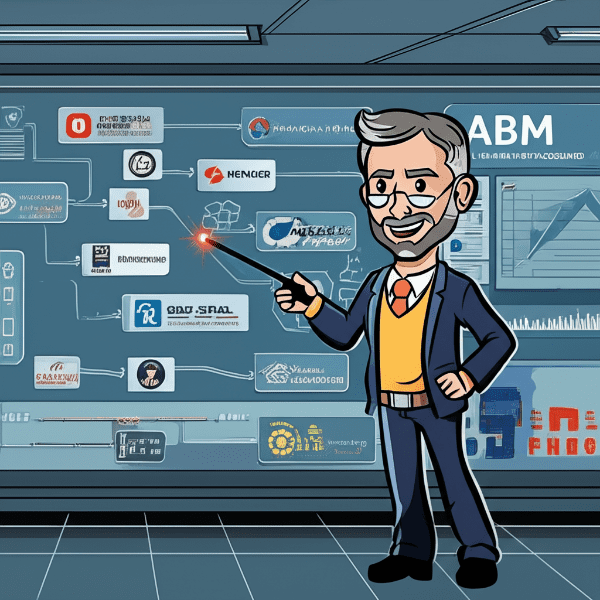Definition: Ad serving is the technology that delivers digital advertisements to websites, apps, and social media platforms. It makes sure the right ad is shown to the right user at the right time. This process is managed by ad servers, which track impressions, clicks, and engagement to optimize campaigns.
Example in a Sentence: The company used an ad-serving platform to display personalized ads to the right customers, helping them sell more products.
Why is Ad Serving Important?
1. Improves Targeting
Ad serving helps businesses show relevant ads to the right audience, improving engagement and conversion rates.
2. Increases Efficiency
With automated delivery and tracking, businesses can increase ad performance and reduce wasted spending.
3. Provides Valuable Data
Ad servers track how people interact with ads, helping businesses improve their marketing strategies.
How to Use an Ad Platform Effectively
1. Pick the Right Ad Platform
Choose a reliable ad platform that suits your business goals.

2. Target Your Audience
Use data about your audience to show them ads that match their age, interests, and behavior.
3. Improve Your Ads
Try different ad styles, images, and messages to find what works best for your audience.
4. Monitor Results
Track how many people see your ads, click on them, and make purchases, so you can adjust and get the best return on investment.
5. Stay Compliant with Privacy Rules
Make sure your ad practices follow data privacy regulations like GDPR and CCPA.
Improve Your Advertising with Smart Ad Serving
Ad serving is important for successful online campaigns. By using data, targeting the right audience, and improving your ads, businesses can achieve better results and higher returns.
More Definitions: AI-Driven Marketing Definition, Clickstream Data Definition, AdTech Definition, Over-The-Top (OTT) Advertising Definition, Customer Feedback Surveys Definition, and Display Ads
Useful Posts: Pay per Click – Raise Your PPC Intelligence and How To Create A Powerful Digital Marketing Sales Funnel






















